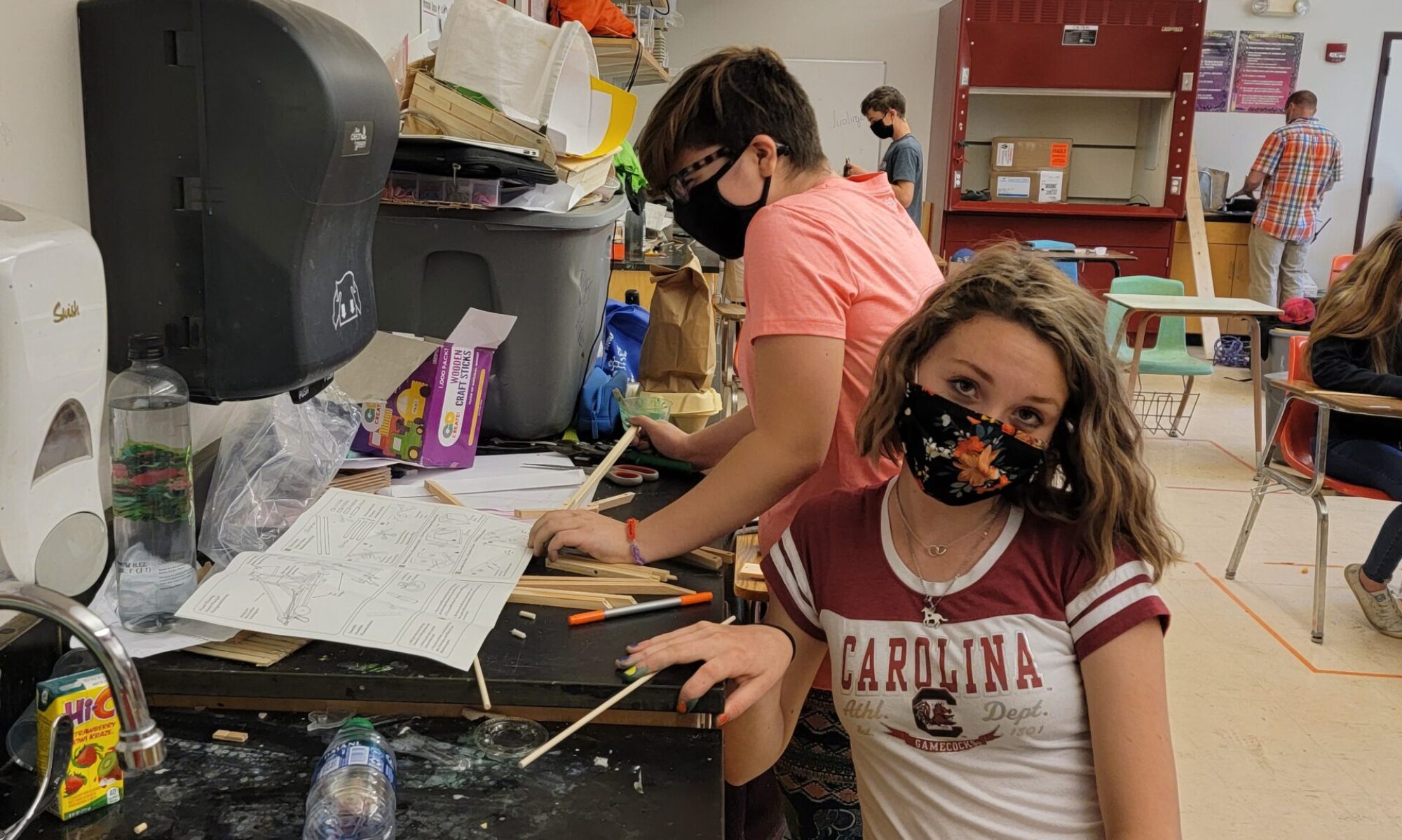This is a the first in a series of blogs with attention to education priorities in the not-so post pandemic world.
The Crisis
I have been immersed in middle school education for decades. I have always been grateful to belong to such an amazing community of educators who share the same magnificent obsession. Because this community is passionate about the welfare and education of our young adolescents. And it’s committed to building a kinder and more just world. I am full of gratitude and admiration for my fellow educators who have managed to keep going, caring and persevering during this very challenging time. This has been tough. It still is.
To say that things are in good shape would be dishonest. Are any of us feeling like we are solid? Public education is facing a crisis unlike any I have seen in decades. This fall, when most schools resumed face to face, many educators began to realize that we and our students were in a rough place. I think we need to try to unpack what has happened and what most needs our attention as we move ahead.
Unpacking the pandemic’s impact
The pandemic has pressed our faces to the glass. We now see how fragile we were before COVID arrived. Over the past decades student needs have been mounting exponentially. Data on the mental health of our nation’s young adolescents has shown us that children are struggling in significant ways. Many teachers have shared with me their concerns about epidemic levels of self-centeredness accelerating in students. Likewise, many teachers and principals have been concerned about declining student engagement and investment in school learning. I hear from many that the true joys of teaching feel like a thing of the past. Teachers are buried under the mandates and prescriptive guidelines that were created to improve student engagement. Last, not least, the inequities in every system of our society have been on full display during this pandemic. Our America is not equally beautiful for everyone. Before COVID arrived, these were some of our unresolved challenges now magnified tenfold.
Educators by nature persevere. We don’t give up. But we all stand on shaky ground. Can we use the pandemic to help us see more clearly what we most need to honor in this not so post-pandemic world? As Arundhati Roy (2020) wrote:
Historically, pandemics have forced humans to break with the past and imagine their world anew. This one is no different. It is a portal, a gateway between one world and the next. We can choose to walk through it, dragging the carcasses of our prejudice and hatred, our avarice, our data banks and dead ideas, our dead rivers and smokey skies behind us. Or we can walk through lightly with little luggage, ready to imagine another world. And ready to fight for it.
Adjusting the Lens
Recall that at the start of the pandemic, songs were written and sung, talks delivered, and articles poured forth. Art was created, and it all attempted to lift us up and help us manage the sadness, the loss, and the fear. Many of the efforts tried to cheer us up and give us hope. Some inspired us to think differently about how to live well. For a time, we lived life more slowly. Traffic came to a halt, animals came out of hiding, and we tried not to eat too much or snap at those we loved who we discovered were more challenging than we’d ever remembered. We felt united by our humanity. Everyone was searching for answers about the pandemic and the meaning of life. Beauty, nature, love, family and friends suddenly became more precious.
In schools, after some time in this quieter place, we were catapulted into craziness. Virtual teaching, hybrid teaching, masks, and we had to hold on as we rode the COVID protocol roller coaster. Exhaustion was commonplace, and burnout rampant. One gifted and always cheerful teacher I have admired could no longer smile at the start of year two. Another dedicated teacher told me she was thinking of quitting, but instead decided she just had to stop caring. It was all too much.
Today, as we find ourselves back in schools and the most dire COVID news lessening, can we begin to sort it all out? Can we rethink our priorities? Here is what I think matters most in our (almost) Post-Pandemic World.
Lesson One: Slow Down
One clear message from the early months of the pandemic was the realization that doing less and slowing down can bring us back in touch with many things that seem to matter a great deal. We were forced in our personal lives to be still as there was less doing and going —less going out to eat, less traffic, less driving kids to practice, less shopping in stores. People had more time: with those we love, time to play, time to really cook good food, time to listen well, time to care, time to revisit new and old hobbies, and time to think. Humans did as Thich Nhat Hanh once advised: “….unplug from the speed and complexity and noise of everyday life and … return to being in peace.” ( TNH)
That taste of slow was a good thing. Many of us noted an engendered calm. We noticed that less can be more, and that slow can be better: more productive, happier, and saner. Sure, at first we might have binge watched TV series, but soon most of us got busy and productive. Slow didn’t mean unproductive, but it meant we didn’t live at a crazed pace. How might we learn from that that calmer time and bring more slowness into our work?
Perhaps we finally reconsider our schedules and abandon the 45-minute period day, where we whiz students through 7 different subjects with 7 different teachers and move towards longer, more flexible blocks of learning time.
Maybe we have a daily Advisory time that is more responsive and less scripted, where students can talk more and we talk less.
Could be we have snack breaks in and outside.
Perhaps it means we make time for recess every day.
Maybe we don’t pursue multiple initiatives all at once.
Maybe it calls for us to have faculty meetings where teachers can really think and talk about what’s working and what’s not.
Could be we try to add a little mindfulness into our fast-paced school days.
Finally, perhaps we should try to declutter our curriculum – teaching less, not more.
I know principals and teachers would agree that school life would be significantly more satisfying for everyone if we could slow things down. Some teachers have decided they can no longer teach and are considering leaving the profession. Many are barely holding on trying to get through the days and recover what they once felt about this important work. We have a crisis in our schools that calls for bold thinking. As Roy said, we have a gateway.
Is there one way you might slow things down in your school? If you are a leader, can you find ways to shrink rather than expand the to-do lists for your schools and teachers? If you are a teacher, can you find steady ways to check the emotional pulse of your classroom? I urge you identify the places within our system and classrooms where we can slow down and focus on what matters.
This is the first education lesson from the pandemic.



2 Replies to “What Matters Most Now: Lesson One – Slow Down”
Comments are closed.